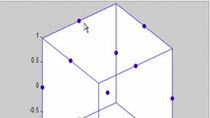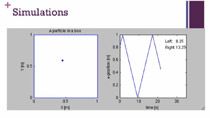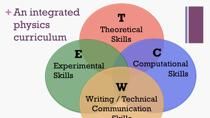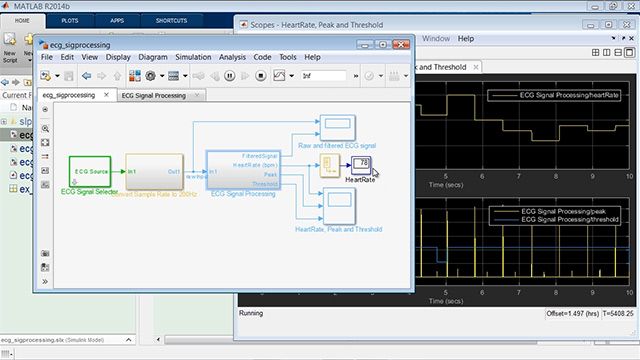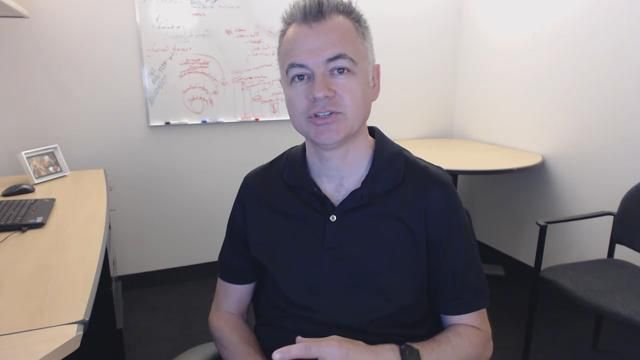RF Communications and Sensing Convergence: Theory, Systems, and Experiments with MATLAB in the Loop
From the series: MathWorks Research Summit
Prof. Daniel W. Bliss, Arizona State University
At Arizona State University, Center for Wireless Information Systems and Computational Architectures (WISCA) researchers develop theories, system concepts, and experiments for RF convergence of simultaneous sensing and communications. For the sensing aspect, this discussion focuses on radar, though the approach has broader applicability technically. The discussion introduces range of commercial and noncommercial applications. Observed commercial applications will likely soon outpace military interest. Commercial applications include employment of millimeter wave RF systems that perform communications and short range radar. Potential radar applications include hand gesture identification and health and fitness analysis.
The discussion identifies a range of system concepts and sensing and communications topologies, presents simulated and experimental examples, and provides an overview of the current state of RF convergences research.
See how WISCA researchers:
- Draw on both information and estimation theory to develop novel performance bounds.
- Employ concepts of multiuser detection for received communications and mixed communications and radar receivers.
- Modify theory to address uncountable signaling dictionaries associated with continuous estimated parameters.
- Develop a novel theory of information estimation rate as a metric for theoretical joint system performance bounds.
- Investigate simultaneous multiuser communications receivers to construct multiple bistatic synthetic aperture radar (SAR) images.
- Provide multiple functions with the same RF energy.
- Use MATLAB® to simulate multiple transmitted wideband communications waveforms that are received simultaneously from moving platforms.
- Employ a simulated image-based surrogate scattering channel that modifies image intensities to mimic scattering cross-section statistics.
- Use multiuser detection to decode both signals.
- Remodulate waveforms and use as radar illumination signal references to construct multiple bistatic SAR images.
The discussion uses an experimental example to demonstrate simultaneous reception of communications waveform and traditional chirp radar waveform. WISCA’s MATLAB in the loop software-defined radio system employs GPS-synchronized radios to operate at a scheduled low duty cycle to enable over-the-air experiments, while allowing complicated processing with interpreted MATLAB. With this approach, researchers:
- Significantly reduce development time required to transition concepts in simulation to over-the-air experiments.
- Use multiuser detection to estimate communications information and provide communications-interference-free data for radar processing.
- Show that radar performance is essentially equivalent to that of a system without communications interference to the radar receiver.
Published: 13 Feb 2018
